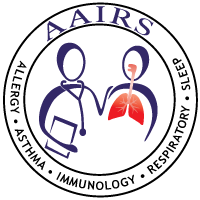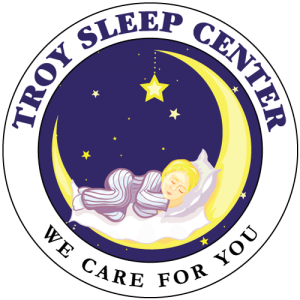If your child exhibits one or more of the following symptoms, you should seek the advice of a trusted physician:
- Snores
- Makes other noises during sleep
- Is sleepier than expected during the daytime
- Has trouble falling asleep
- Has trouble staying asleep
- Wets the bed (past the age of 5)
- Has trouble falling asleep due to leg discomfort
- Sleepwalks excessively
- Has frequent sleep terrors
- Exhibits sudden behavioral problems at school or at home
- Shows signs of memory dysfunction or a lack of concentration
- Grinds teeth during sleep
- Moves excessively during sleep
- Has a craniofacial abnormality that may contribute to difficulty breathing during sleep
Studies show that one or more of these symptoms can indicate a sleep disturbance. Even simple snoring has been shown to decrease a child’s performance and attentiveness at school. We can determine whether your child’s sleep patterns and habits fall within the normal range.
Not all children require a sleep study to determine the need for treatment, and not all treatments involve medication. Even if you suspect that your child’s problem may be behavioral, you should speak with your child’s physician to ensure proper evaluation.
Information on Obstructive Sleep Apnea in Children
Obstructive sleep apnea syndrome (OSAS) is a condition in which a child’s airway is partially or completely obstructed during sleep; it is often associated with snoring and breathing pauses. OSAS occurs in 1% to 3% of otherwise healthy children. It is most prevalent between ages 2 and 7 years but is also seen in infants and adolescents.
While asleep, does your child…
- Snore?
- Have pauses in breathing?
- Gasp for air?
- Have restless sleep?
- Sleep in unusual positions (i.e., hyperextended neck)?
- Breathe through his/her mouth?
- Wet the bed?
Also, Does your child…
- Have difficulty waking in the morning?
- Experience daytime sleepiness in school?
- Exhibit hyperactivity or inattention?
- Show a decrease in school performance or have trouble concentrating in class?
- Have morning headaches?
- Have unexplained high blood pressure?
- Have poor growth?
If you answer “yes” to even one of these questions, you may want to talk with your family physician or pediatrician about your child’s sleep patterns.
The main risk factors for OSAS are:
- Enlarged tonsils and/or adenoids
- Obesity
- Enlarged tongue, small jaw, and other craniofacial abnormalities
The American Academy of Pediatrics recommends:
- Pediatricians should assess all their patients for the presence of snoring.
- All children who snore on a regular basis (on all or most nights) or have other symptoms of OSAS should be evaluated for the presence of OSAS.
- An overnight polysomnogram (sleep study) is the best way to accurately differentiate between those children who have OSAS and those who exhibit harmless snoring.

